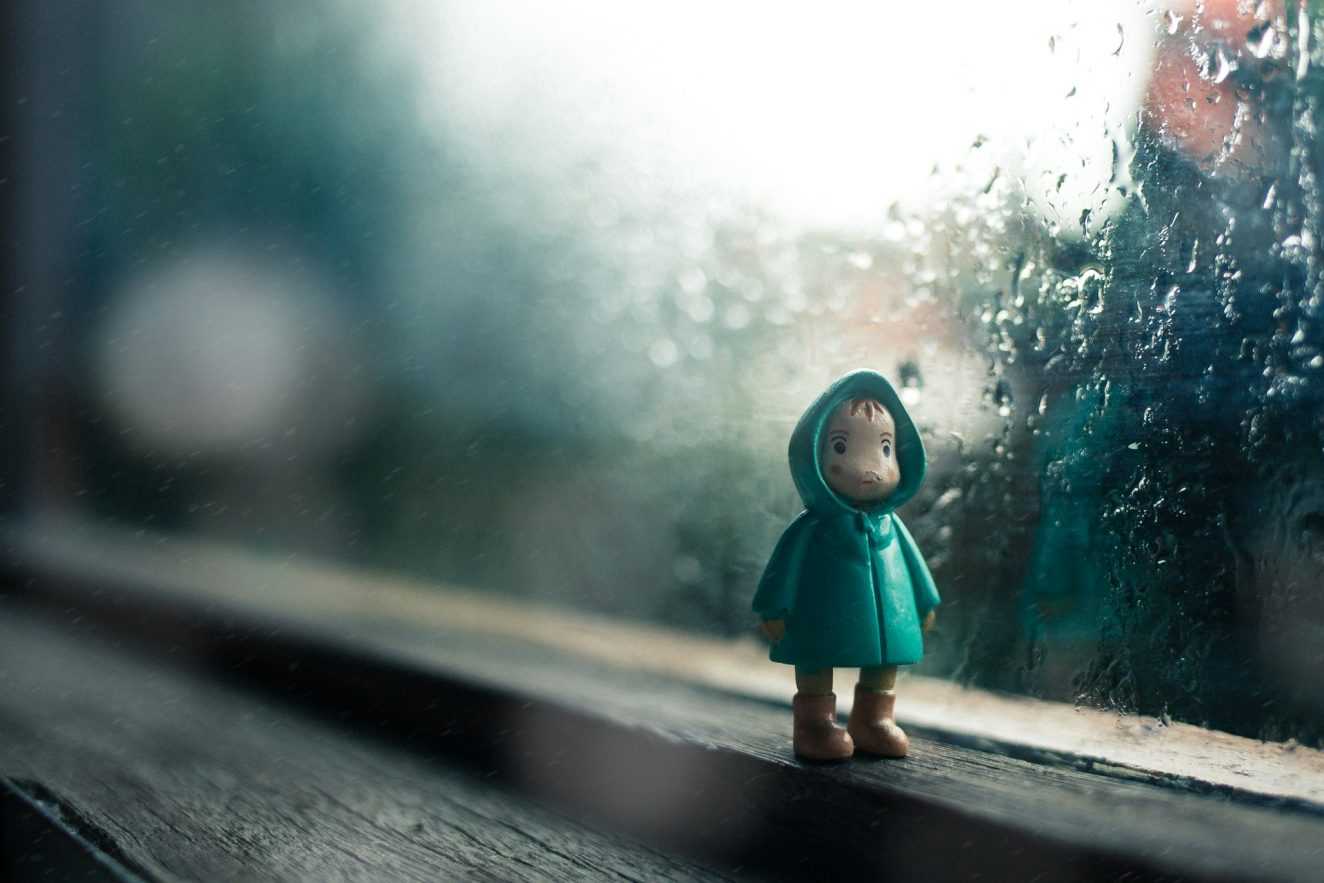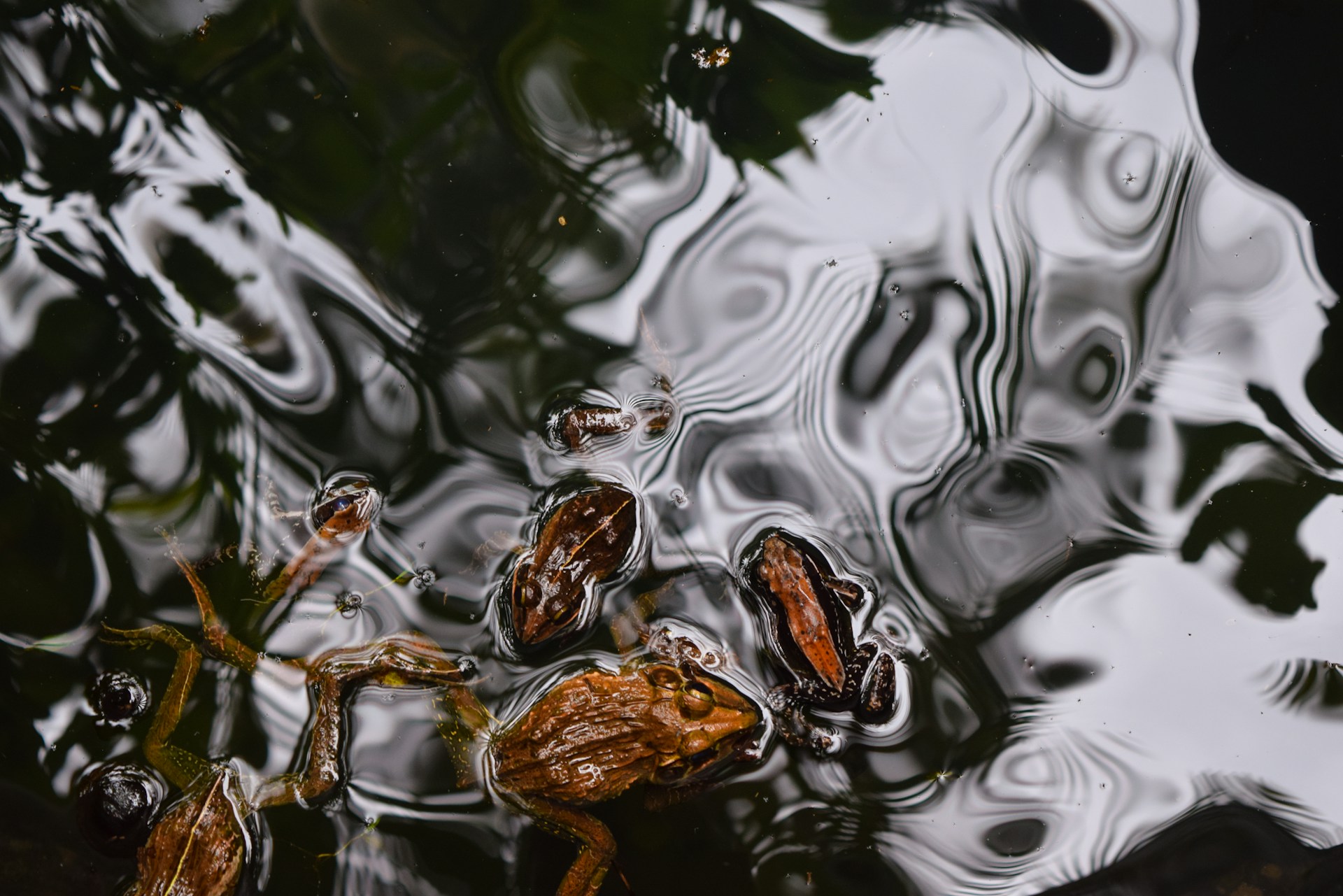Have you ever looked up at the sky on a rainy day and wondered, “What makes it rain?” Or maybe you’ve marveled at snowflakes falling gracefully from the clouds, or heard the pitter-patter of hailstones hitting the ground during a storm. Let’s explore the fascinating world of precipitation and understand the processes that lead to rain, snow, hail, and sleet.

Formation of Clouds: The Birthplace of Precipitation
Clouds play a crucial role in the formation of precipitation. They consist of water or ice particles that have evaporated from Earth’s surface or are emitted by plants during photosynthesis. As this water vapor rises into the atmosphere, it cools and condenses, transforming back into liquid water or ice. To condense, water vapor requires a solid surface to adhere to, such as dust particles, pollen, or existing water droplets.
Types of Precipitation: Rain, Snow, Hail, and Sleet
- Rain: When water droplets in a cloud grow too heavy to remain suspended, they fall to Earth’s surface as rain. This typically occurs when the air temperature is above freezing.
- Snow: In colder conditions, water vapor in the atmosphere freezes into ice crystals instead of forming liquid droplets. These ice crystals accumulate to form snowflakes, which fall to the ground when they become heavy enough.
- Hail: Hailstones form in thunderclouds with strong updrafts. As ice crystals are repeatedly carried up and down within the cloud, they accumulate layers of ice, gradually growing larger. When they become too heavy to remain aloft, they fall as hailstones. The size of hailstones can vary widely, with some reaching sizes capable of causing significant damage.
- Sleet: Sleet occurs when snowflakes partially melt as they pass through a warm layer of air, then refreeze into ice pellets before reaching the ground. This can happen when there are alternating layers of warm and cold air in the atmosphere.

Impact of Precipitation on Earth and Society
While precipitation is essential for sustaining life on Earth, it can also have significant impacts, both positive and negative. Rainfall nourishes crops, replenishes water sources, and supports ecosystems. However, excessive rainfall can lead to flooding, erosion, and property damage.
Similarly, snowfall provides crucial water resources for regions dependent on snowmelt for irrigation and drinking water. Yet heavy snowstorms can disrupt transportation, cause power outages, and pose safety hazards.
Hailstorms can cause extensive damage to crops, vehicles, and buildings, leading to substantial economic losses for affected areas. Freezing rain, which coats surfaces with a layer of ice, can create hazardous conditions for travel and infrastructure.
Understanding and Monitoring Precipitation
Advancements in technology, such as weather satellites like the Geostationary Operational Environmental Satellite-R (GOES-R) series, provide valuable data for studying precipitation patterns and forecasting weather events. These satellites enable meteorologists and climatologists to monitor atmospheric conditions, track storms, and improve our understanding of the Earth’s water cycle.
In collaboration with organizations like the National Oceanic and Atmospheric Administration (NOAA), scientists utilize satellite data to analyze precipitation trends, study climate change, and enhance weather prediction models. By gaining insights into precipitation dynamics, we can better prepare for and mitigate the impacts of extreme weather events.

In conclusion, precipitation is a complex and dynamic process driven by atmospheric conditions and the water cycle. By unraveling the mysteries of precipitation formation and behavior, we deepen our understanding of Earth’s natural systems and their influence on our lives.





